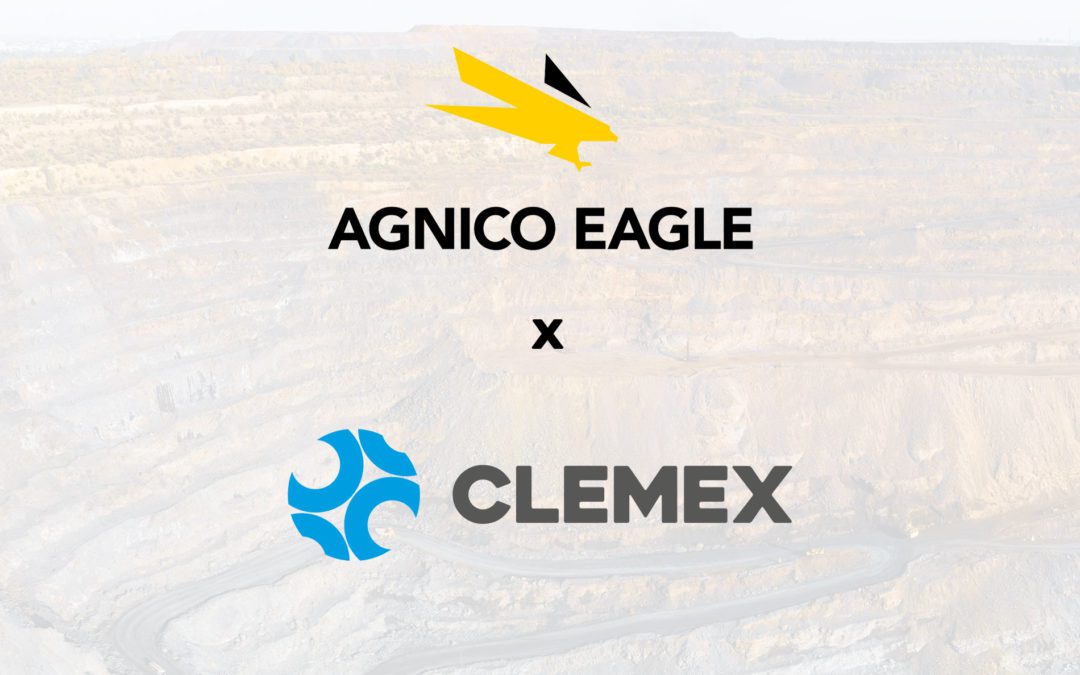Agnico Eagle Aims to Better Understand Strategic Minerals in Its Gold Deposits
Agnico Eagle is participating in a research project aimed at better understanding the content of critical and strategic minerals in its gold deposits.
The company has received a grant of $346,000 under the Quebec Plan for the Valorization of Critical and Strategic Minerals.
The project involves acquiring and developing an automated optical microscope using Clemex software to better identify nickel-cobalt and graphite carbon in its gold deposits for potential valorization.
“We have many processes to separate materials in our deposits to extract value,” explains Raphaël Mermillod-Blondin, metallurgist advisor for research and development at Agnico Eagle Mines. “To do it well, we must ensure that our processes align with the type of material we are treating. For that, we need a detailed view. We’ve been outsourcing this type of analysis, which took time. We hope to conduct these analyses continuously and daily to better adapt our operational decisions to the variability of the ore.”
Agnico Eagle hopes to add value to its deposits through its existing activities.
“There are many other valuable minerals besides gold in our deposits,” says Mermillod-Blondin. “We believe that with the technology implemented in this project, we will be able to better observe and understand where these other valuable minerals are located and determine if our current operations can effectively extract them. We will better understand what modifications our processes need and if they would be beneficial.”
The project, conducted in partnership with the University of Quebec in Abitibi-Témiscamingue (UQAT), is based at Agnico Eagle’s facilities in Preissac. A student, Rémi Muller, will work on refining the analyses and reports generated by the Clemex software and the microscope as part of Agnico Eagle’s activities.
“We aim to identify the percentage of minerals containing nickel and cobalt we can find in our samples and whether these minerals are sufficiently liberated to be efficiently processed,” explains Muller. “The microscope will be integrated into the processing chain. We want it to be fast, allowing analyses to be initiated in the evening and a report ready by the next morning. We also want it to be automated, efficient, and cost-effective.”
The project results are expected within two years and will ultimately be announced to the entire mining industry.


